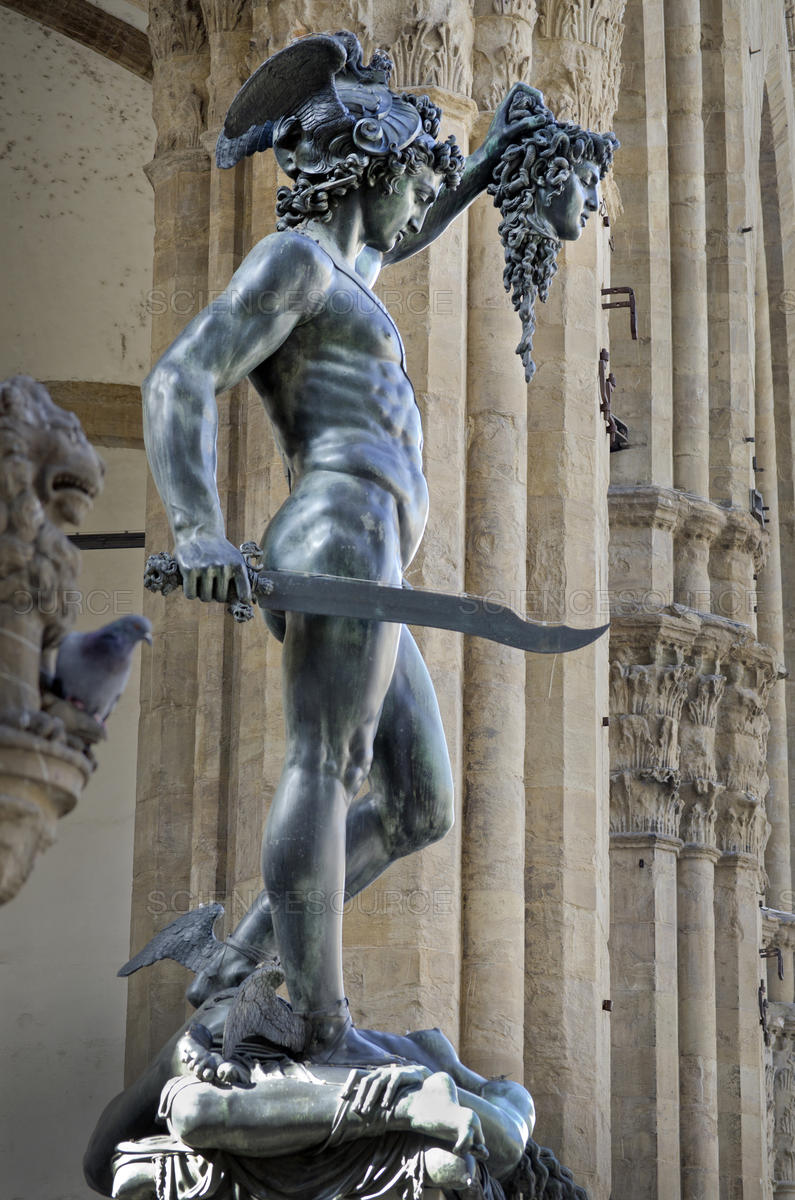There& #39;s been plenty of criticism of "Medusa with the Head of Perseus," now temporarily installed in front of lower Manhattan& #39;s criminal courthouse. @Sonja_Drimmer and I took a more art historical approach to ripping it to shreds: https://www.bitchmedia.org/article/medusa-metoo-sculpture-art-history">https://www.bitchmedia.org/article/m...
The sculpture doesn’t actually reverse the ancient Greek myth. Rather, it counters another famous sculpture: Italian Renaissance artist Benvenuto Cellini’s Perseus with the Head of Medusa.
The real goal of the sculptor, Luciano Garbati, was to one-up Cellini—another man—so he had to refer to Cellini’s sculpture and put Perseus’s head in Medusa’s hand, instead of Poseidon& #39;s (who is the one who raped her in the myth).
Garbati was trying to create a place for himself in the art world by upstaging his artistic forefather, an age-old practice in which men seek to achieve wealth, power, and fame by eclipsing their male predecessors. Women are often the collateral damage of these conflicts.
Unlike Picasso or Bertolucci, the other examples we discuss, Garbati didn’t directly abuse a woman in making his Medusa. But his competition with an artistic “father” takes space and public attention that could otherwise by filled with the voices or work of female activists.
To inspire ongoing fights for justice, we need fewer imaginary women and more real ones. Allowing a man center stage to play out—yet again—an artistic rivalry with another man through the portrayal of a woman’s body is hardly a step in the right direction.
There were many fun things about writing this piece, including working with @Sonja_Drimmer, including the word "snubes," and reading all the sick burns heaped on this thing (including this great thread by @milesphoebes https://twitter.com/milesphoebes/status/1314954412733980677?s=20,">https://twitter.com/milesphoe... which I linked to in the piece!)
And thank you @freeblackgirl for taking the piece and giving great suggestions!

 Read on Twitter
Read on Twitter


